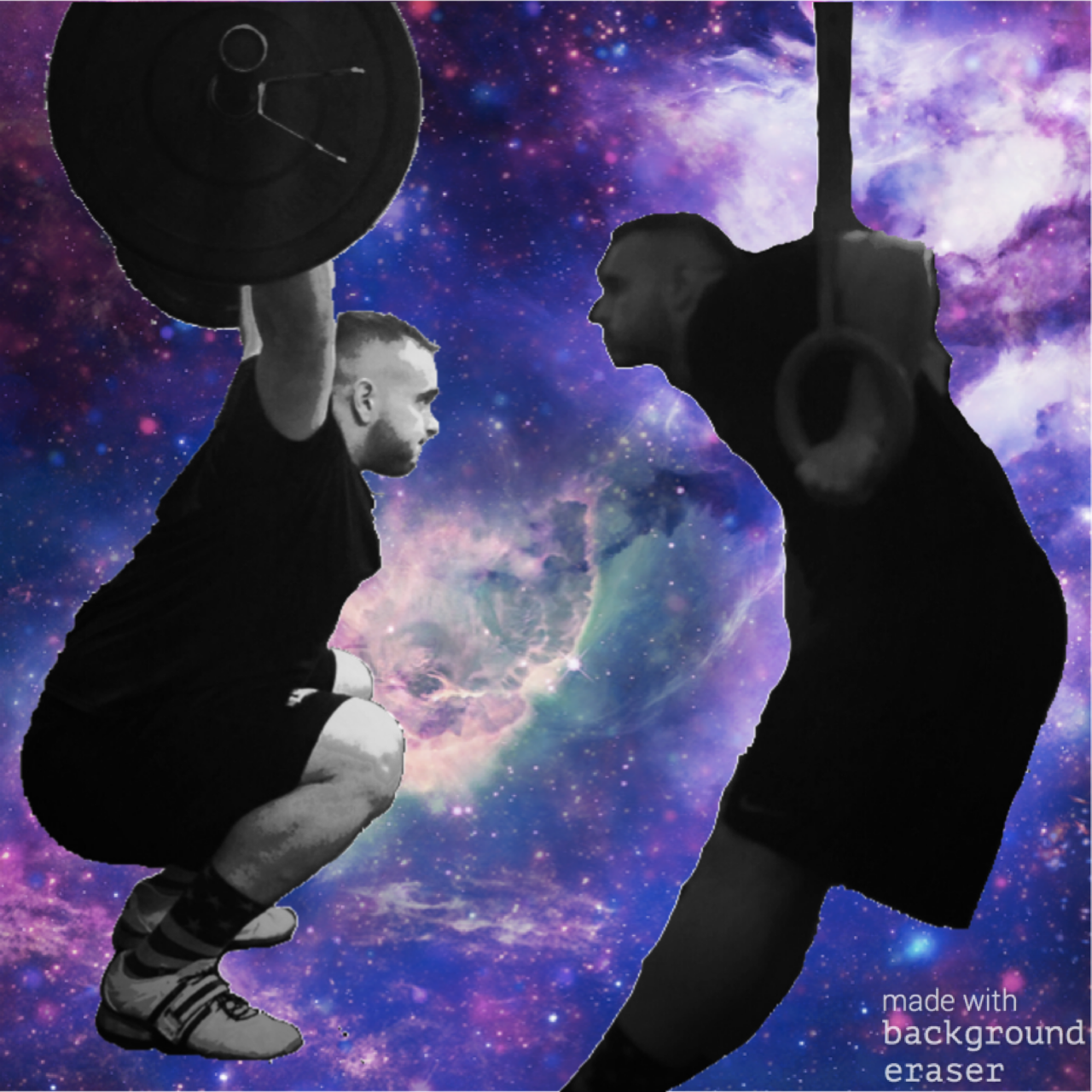What is Functional?
I’ve had many conversations with people who make their living as personal trainers. When they find out about my background in Olympic lifting and powerlifting, some of these ‘experts’ start telling me that they only have their clients do “[insert movement here]” because it’s “more functional” … What exactly does that mean? In the fitness community, functionality is a hotly debated topic. In normal life, meanwhile, function is very simply defined: “of or having a special activity, purpose, or task; relating to the way in which something works or operates.”
People understand the purpose of functionality when applied to a household appliance: if a toaster is broken and cannot toast your bread, then it is not in fact functioning. But we do not assume that if the toaster is making great toast but I can’t use it to mow my lawn, it is therefore not functional — it would be stupid to assume it would! Thus determining functionality is dictated by the goal. As it relates to fitness, the athlete is the appliance. He or she performs the function. So, when someone says “only [this thing]” is more functional, I find myself asking, “but why is that functional?”
The Monarch Training definition of functional is: “If it aids in accomplishing your goal; it is functional.” This is a simple definition, but I believe it is applicable in all aspects of fitness. From this definition, you can then reason that functionality is no longer a matter of yes or no, but a spectrum from not functional at all to extremely functional, or from no real purpose to extremely beneficial. In terms of fitness, the principles of functionality and specificity are intertwined. In sports, you become specialized in specific movement patterns. Powerlifters become specialized in maximal weight for squat, bench, and deadlift. Olympic sprinters become specialized in running a set distance.
As far as specificity in an athlete’s individual sport, timing will play a role in the specificity of their program and therefore the spectrum of functional will shift during a training cycle. That is, the closer an athlete gets to an event, the more specific his or her training will be, and therefore the less functional (i.e., beneficial in goal achievement) many movements will become.
Let’s use a powerlifter as an example. The athlete is given three attempts per lift to total as much as possible in the squat, bench, and deadlift. That is his goal. That is how what is ‘functional’ is measured for a powerlifter. Months away from a competition, the goal is to build muscle to increase maximal strength potential while staying healthy. At this point, high reps and accessory lifts are functional. An argument could also be made that swimming is functional, because that type of long aerobic exercise will help increase work capacity to allow for better and longer training sessions in the future while also improving recovery capacity. The low impact on the joints will also help the athlete stay healthy. So swimming is functional for a powerlifter.
As the meet comes closer, however, the spectrum of functional changes, because of the demand for increased specificity. The athlete will need to practice performing heavy singles of the main lifts in order to be ready when he is standing on the competition platform. With heavier weights comes the need to reduce fatigue, so things like high rep accessory lifts and the energy expended for longer aerobic work will take away from lifting heavy. They are no longer functional because now these movements are not aiding in accomplishing the athlete’s goal.
Asking the question “is it functional?” is the same as asking “does it work?” To apply this in your own training, prioritize what will benefit you the most at a given point in your training cycle. This also applies to lift variation selection. If you as an athlete have some lift variations that you excel at and some that you suck at, the one you suck at is more functional. Improving the deficiency will carry over to the main lift more so than continuing to work on the variation you are great at. You are only as strong as your weakest link. (Cheesy but applicable!)
As a coach this definition can be applied several ways. The applications to program design are obvious and explained above. It can also be applied in what stage your athletes are in the process of learning the movements. Imagine a situation in which you are a weightlifting or CrossFit coach, and you have three athletes learning the snatch. Athlete One is experienced, moves well, and understands the smaller details of the technique. Athlete Two has just started and is inconsistent with technique, but is naturally a good mover and is flexible. Athlete Three lacks the flexibility required to perform an overhead squat. Now the question: “What is functional?” Although all have the same goal — to snatch as much as possible — the answer is different for each athlete.
Performing snatch variations like hang snatch, snatch balance, and power snatch would probably be very functional for Athlete One, to work on technical weaknesses. These same variations would most likely confuse Athlete Two and not translate over to their snatch because of all-around inconsistent technique. Athlete Three needs to stretch and possibly see a physical therapist if their mobility restrictions are so drastic. A yoga class would be functional for Athlete Three.
There is frankly a lot of bullshit in the fitness industry. There is plenty of click bait out there with dumb titles like: “10 exercises that you should never do: number six will shock you.” Some uses of the word “Functional” are a part of this shallow marketing. When it comes to your own training and to coaching and programming for others, stick to the basics and analyze the individual needs of your athletes: if it ultimately aids in achieving the goal, then it is functional.
Related Articles




